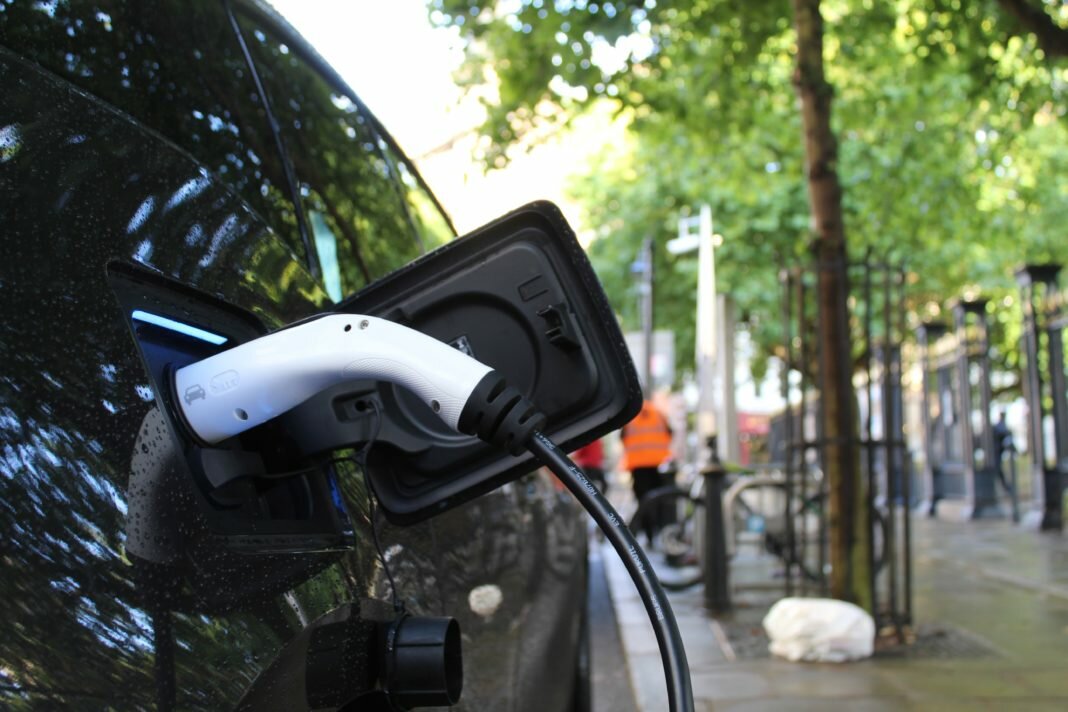Brief • 1 min Read

With many of the auto manufacturers making public announcements pledging an all-electric lineup within the next 15 years, the potential landscape beneath a host of industries and our resulting way of life have shifted in an instant. While much remains to be seen around the ultimate timing and penetration of these pledges, the possible implications are breathtaking.
The Harris Poll is conducting a 4-part EV Series that will explore a wide array of insights to better understand America’s attitudes, behaviors, and the overall impact an all-electric auto industry will have on society.
Part 2 looks at America’s readiness to accept EVs, loyalty toward Auto Manufacturers who plan to offer EV, top concerns over EV’s, and finally, openness to trying new technologies/advancements in relation to EVs. We examine barriers to entry and investigate how manufacturers can take today’s obstacles and turn them into tomorrow’s opportunities.
There are emerging pockets of interest that OEMs should focus on beyond keeping the wealthy urbanites loyal. For example, Gen Z and Suburbanites show promise particularly as we have witnessed increased migration from cities in the pandemic period. How can OEMs warm these relationships to fuel future sales?
Conversely, One-quarter of women and nearly four-in-ten Boomers indicate they will never be ready to accept an electric vehicle. OEMs need to find ways to connect with these consumer segments and convince them they can ease their pain-points.

From a geographical perspective, a quarter of buyers in the West are ready to purchase EVs now and targeted marketing can focus on building this base while finding future opportunities in the central US.

Digging deeper, three-quarters of Urbanites indicate they’ll be ready for an EV at some point and over one-quarter are ready now. Meanwhile, over one-third of Rural Americans say they’ll never be ready. Charging infrastructure, broader vehicle selection, and lower total cost of ownership must facilitate future growth.

OEMs must relentlessly seek to understand and further segment their EV market to facilitate targeted product and marketing strategies to appeal to these different audiences not only based on their growth potential, but their specific key barriers. For instance, males and suburbanites are more concerned about range anxiety and need to have their fears addressed through increased charging infrastructure with transparent views on locations.

Further, as OEMs continue to message to the public about EV product plans, they must keep a steady dialogue with their loyal EV base while also not alienating those more reluctant to go all electric.
At the geographical level, Urbanites are the most likely to remain loyal to their preferred auto manufacturer if they went electric. Rural customers are resistant to EVs and are more likely to only consider auto manufacturers with gas engines.

And what are some of the key behaviors/lifestyles who are more open to EVs and/or where are their specific pain-points when it comes to EV purchase that OEMs should learn more about when targeting EV marketing?
While Americans are relatively more resistant to using AI, interestingly, openness to purchasing self driving vehicles doesn’t trail too far behind EV. Those similar preferences should be considered when messaging to coax these buyers to purchase.

From a demographic perspective, parents are much more likely to be open to consider EVs than childless households. EV selections should have appealing features targeted for parents while containing ownership costs. EV messaging should target parent needs and manufacturers should build a warm rapport with this immense market.

In summary, the transition from EVs barely skimming the surface of the vehicle population to becoming a core mode of transportation over the next several years is a heady challenge. OEMs who relentlessly seek to learn about and effectively establish ongoing rapport with their emerging consumers will claim a bigger slice of tomorrow’s blossoming EV market.
Stay tuned for part 3 of our EV thought leadership series, which will go further into exploring segmentation, as well as the EV impact of the migration away from urban centers, and the issue of having charging points that are available and accessible.
For part 1 in this series: The Road to EV: America’s Move to the Electric Vehicle
Subscribe for more Insights
Subscribe to our newsletter for the latest trends in business, politics, culture, and more.
Related Content








